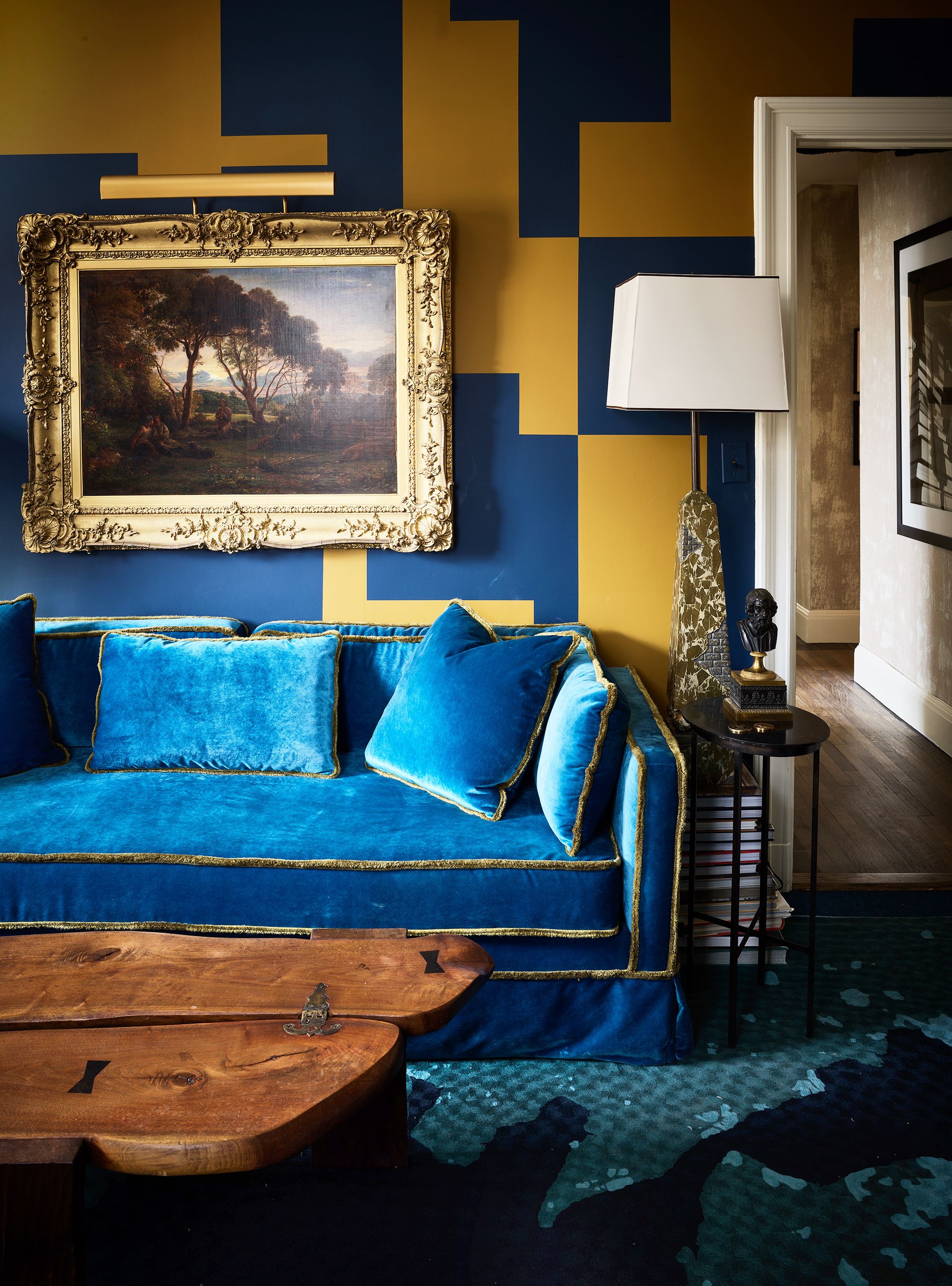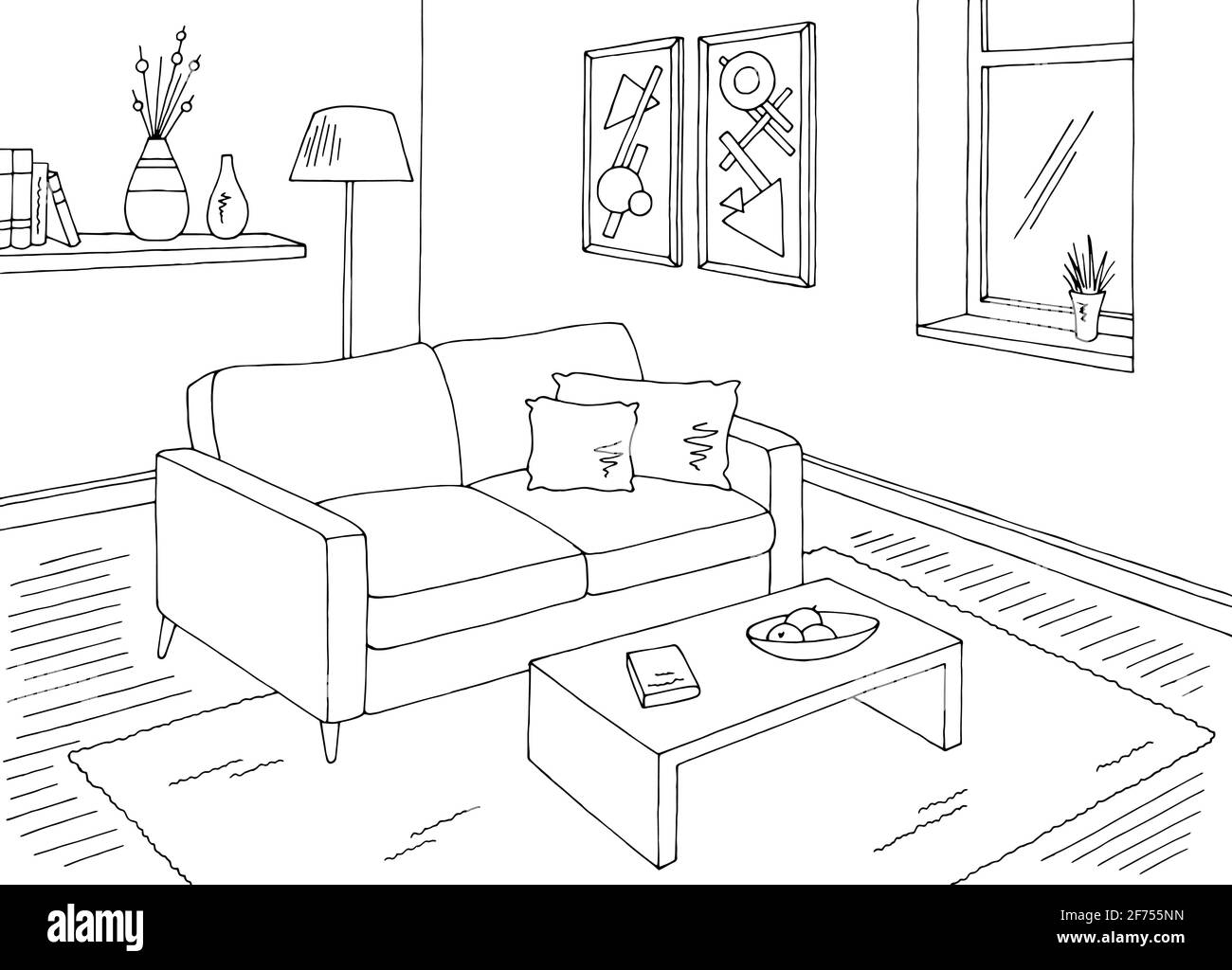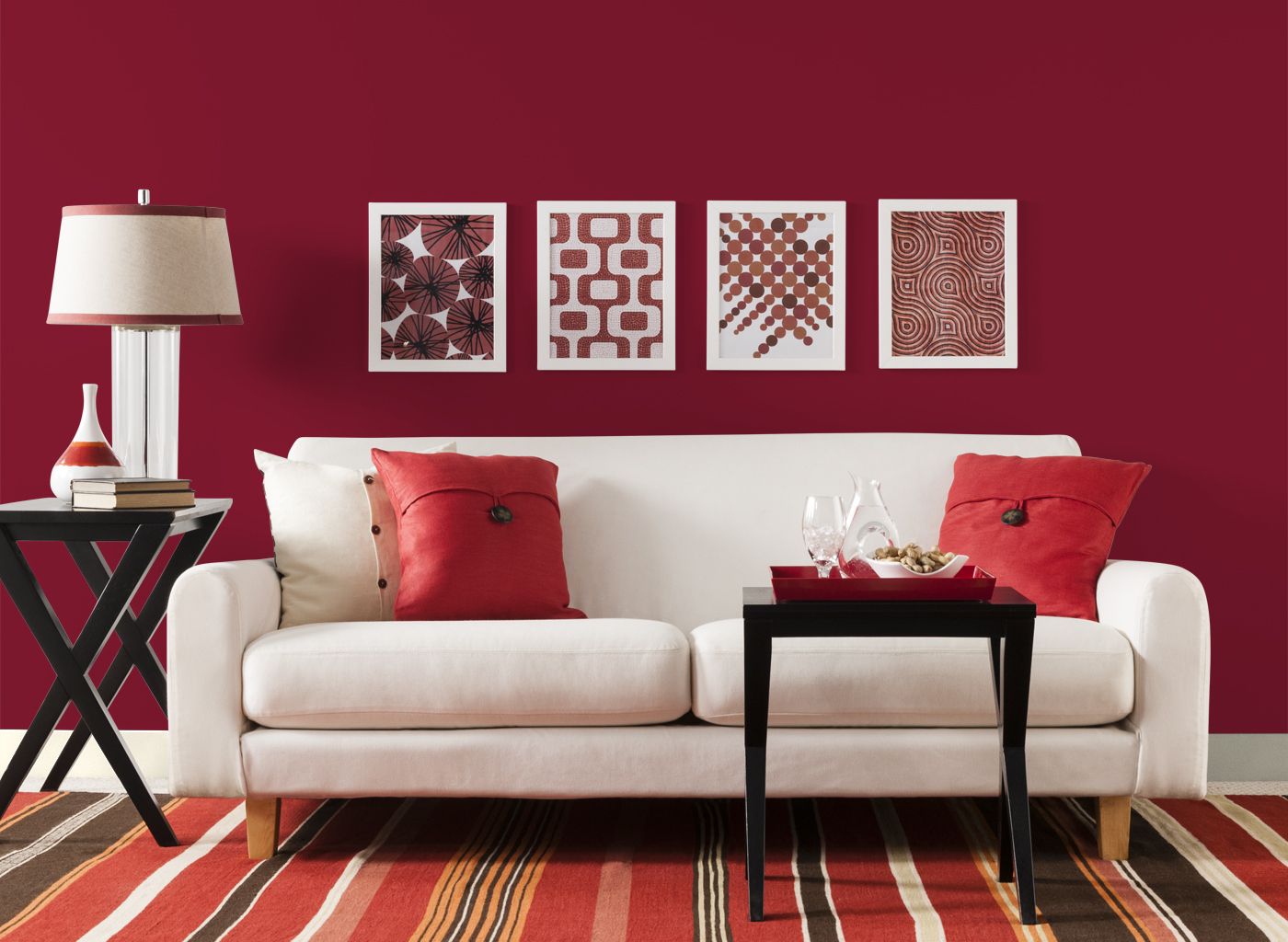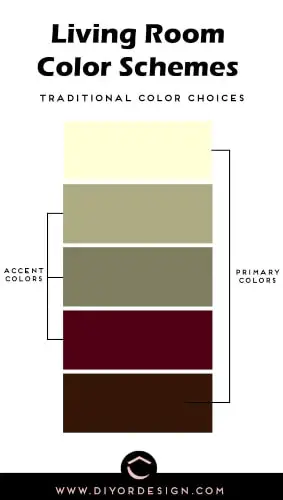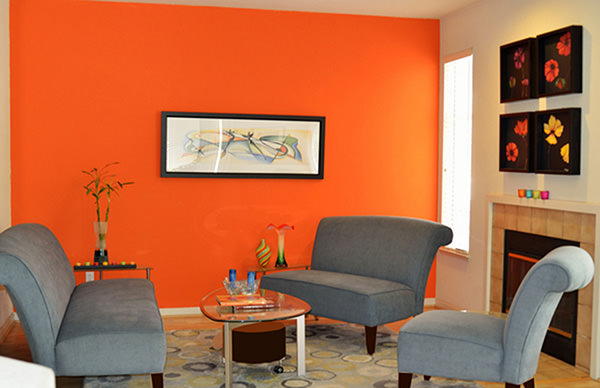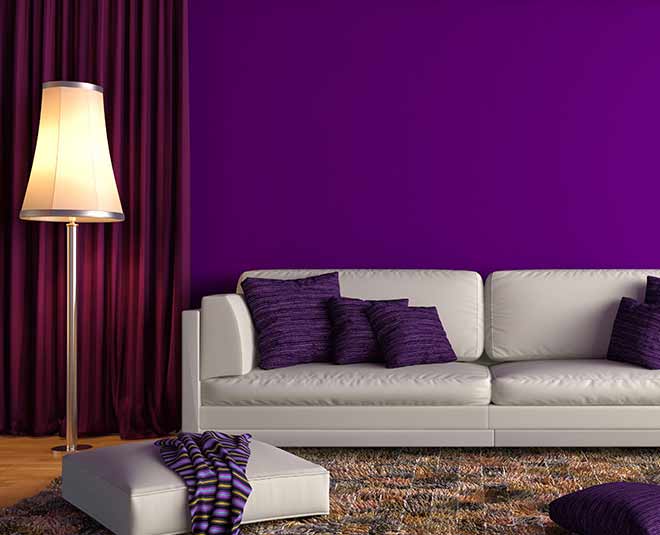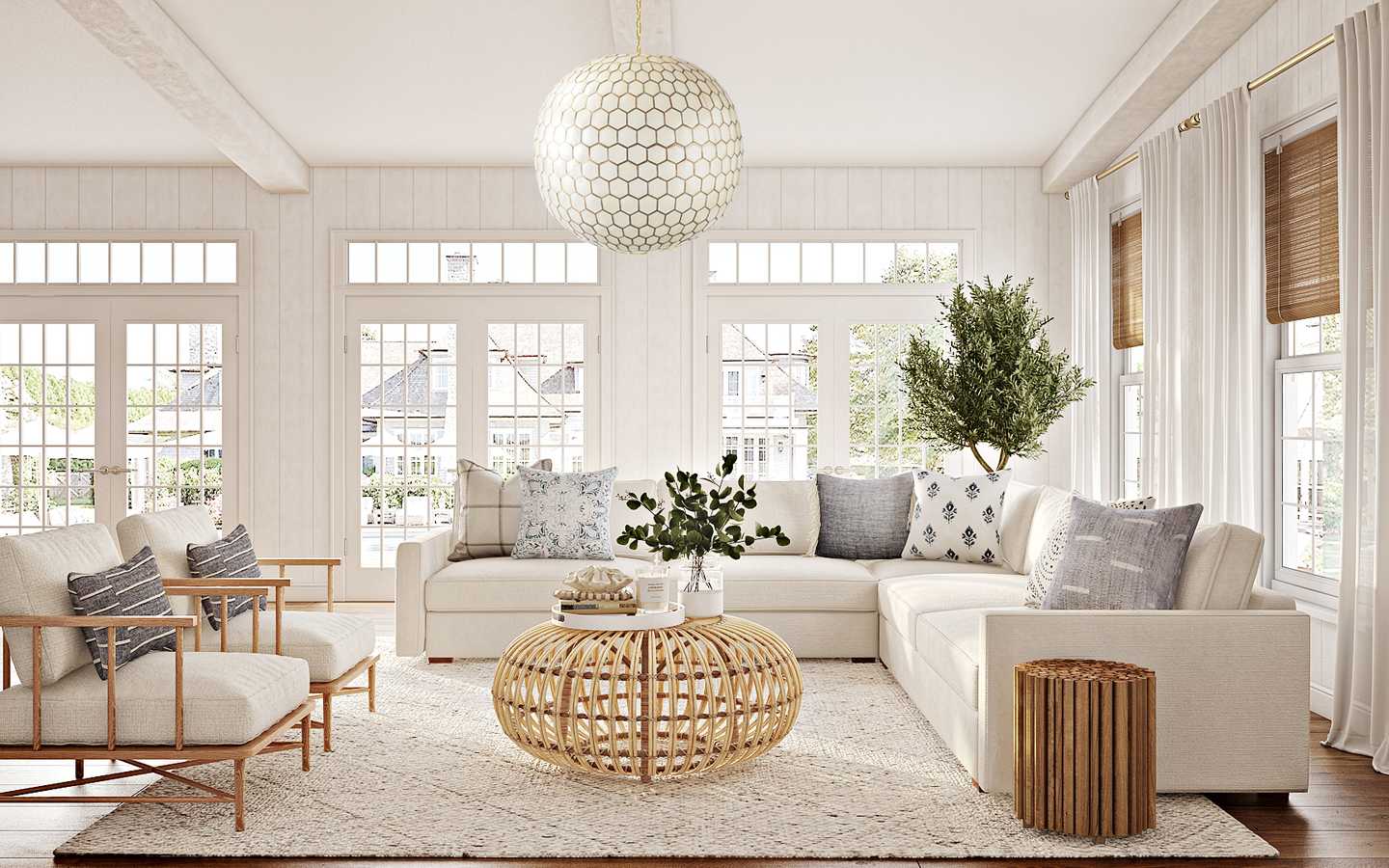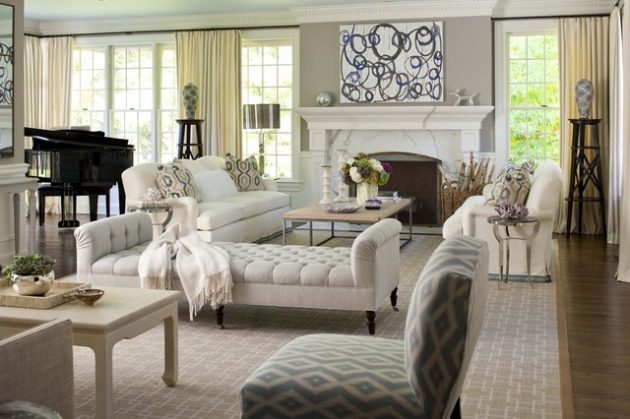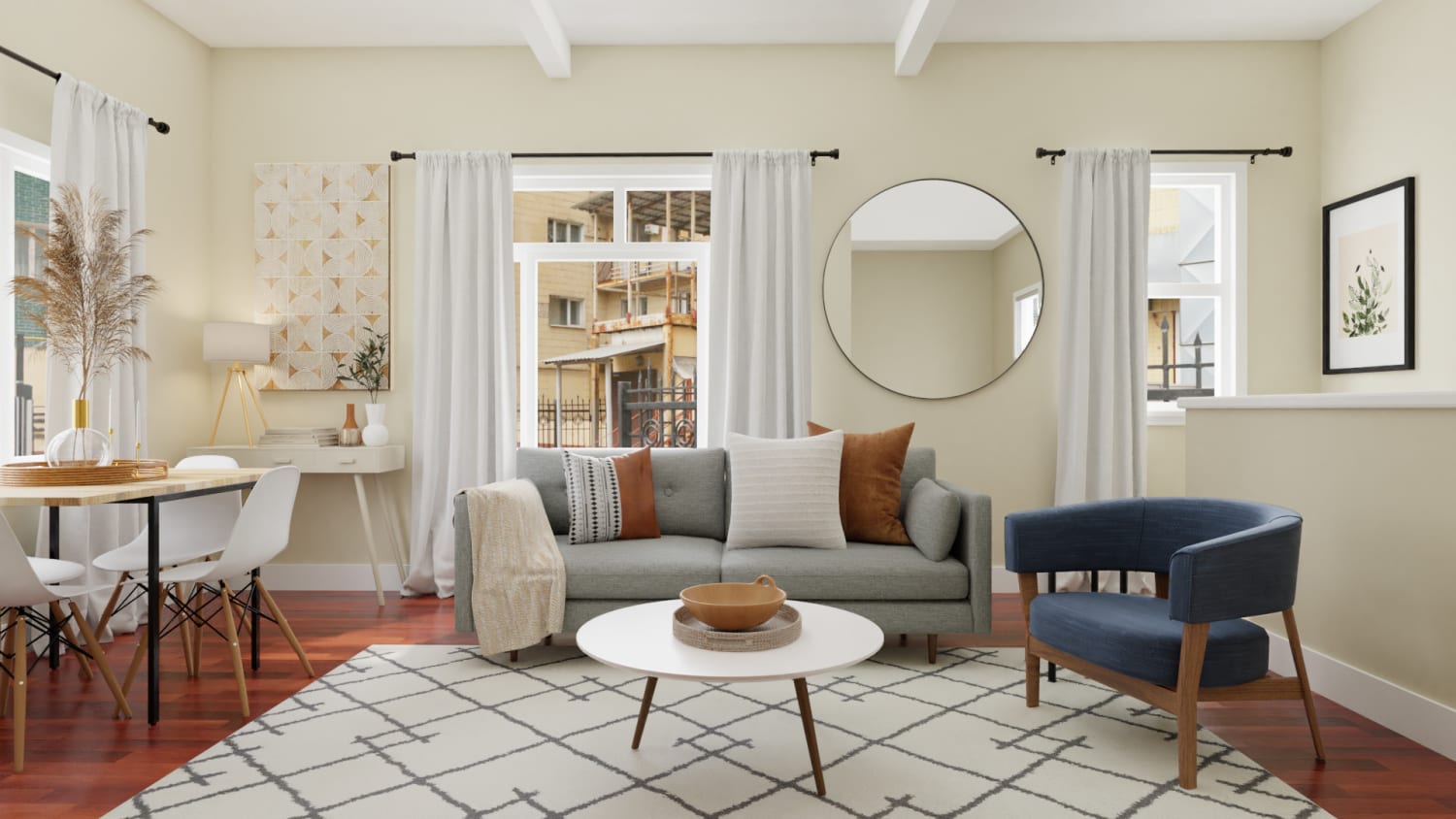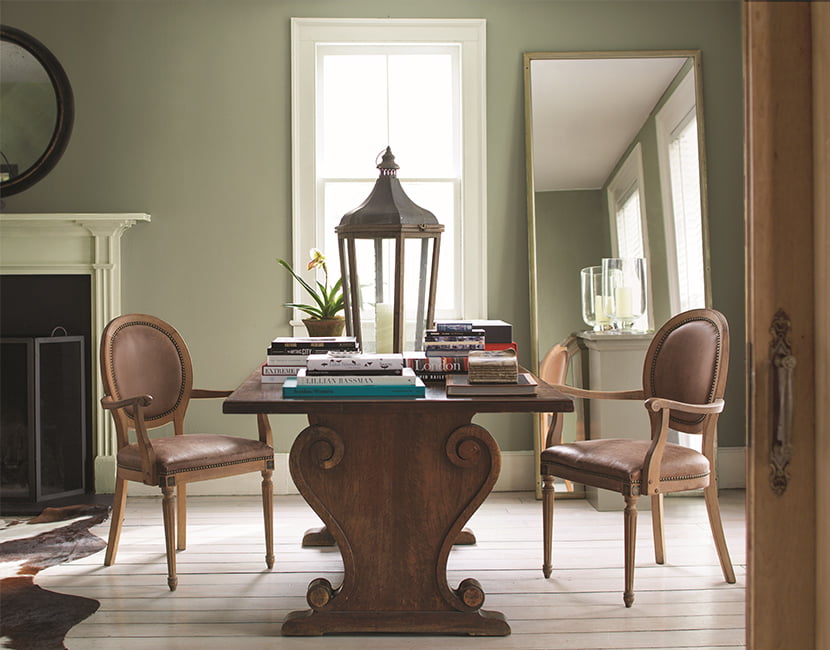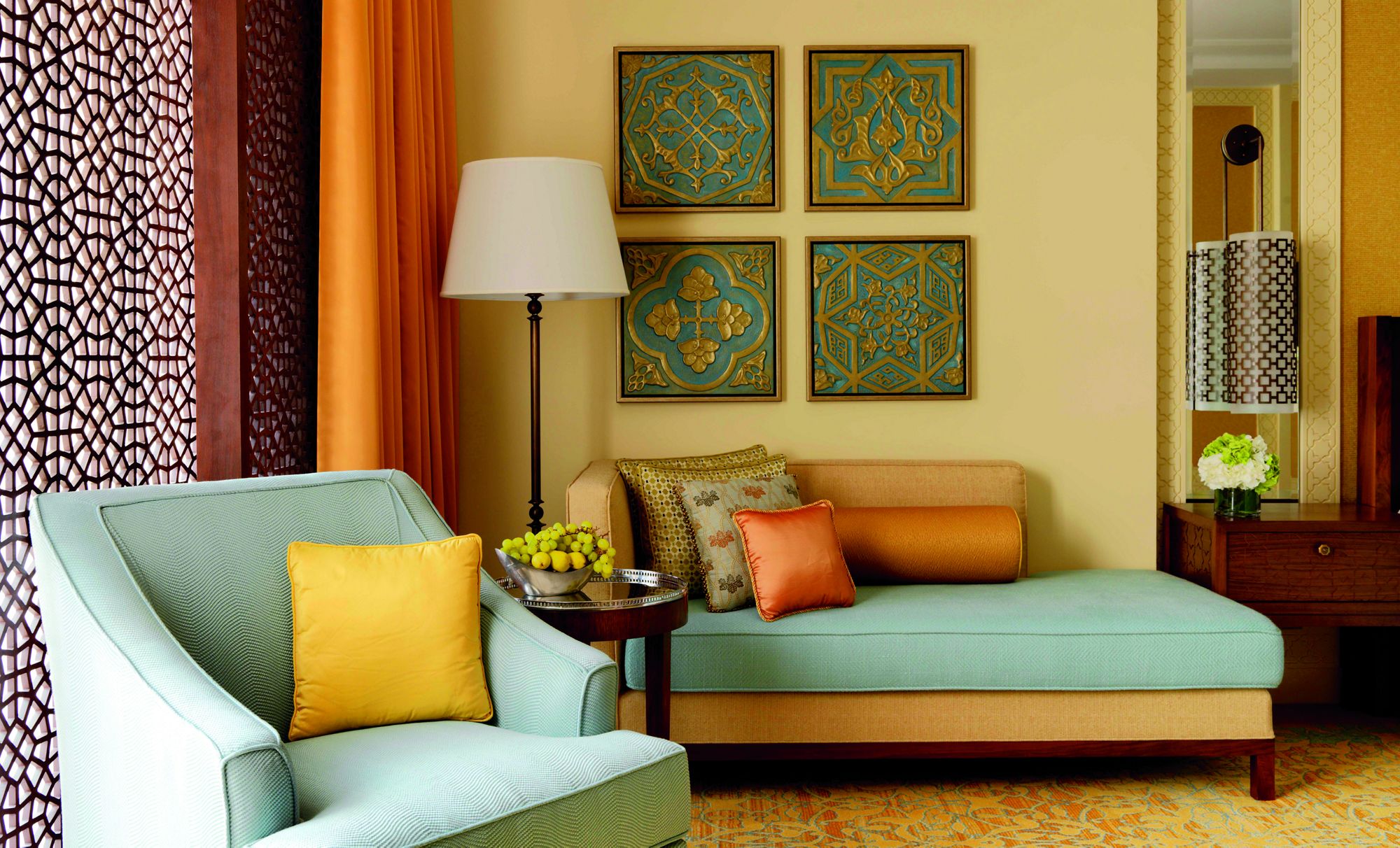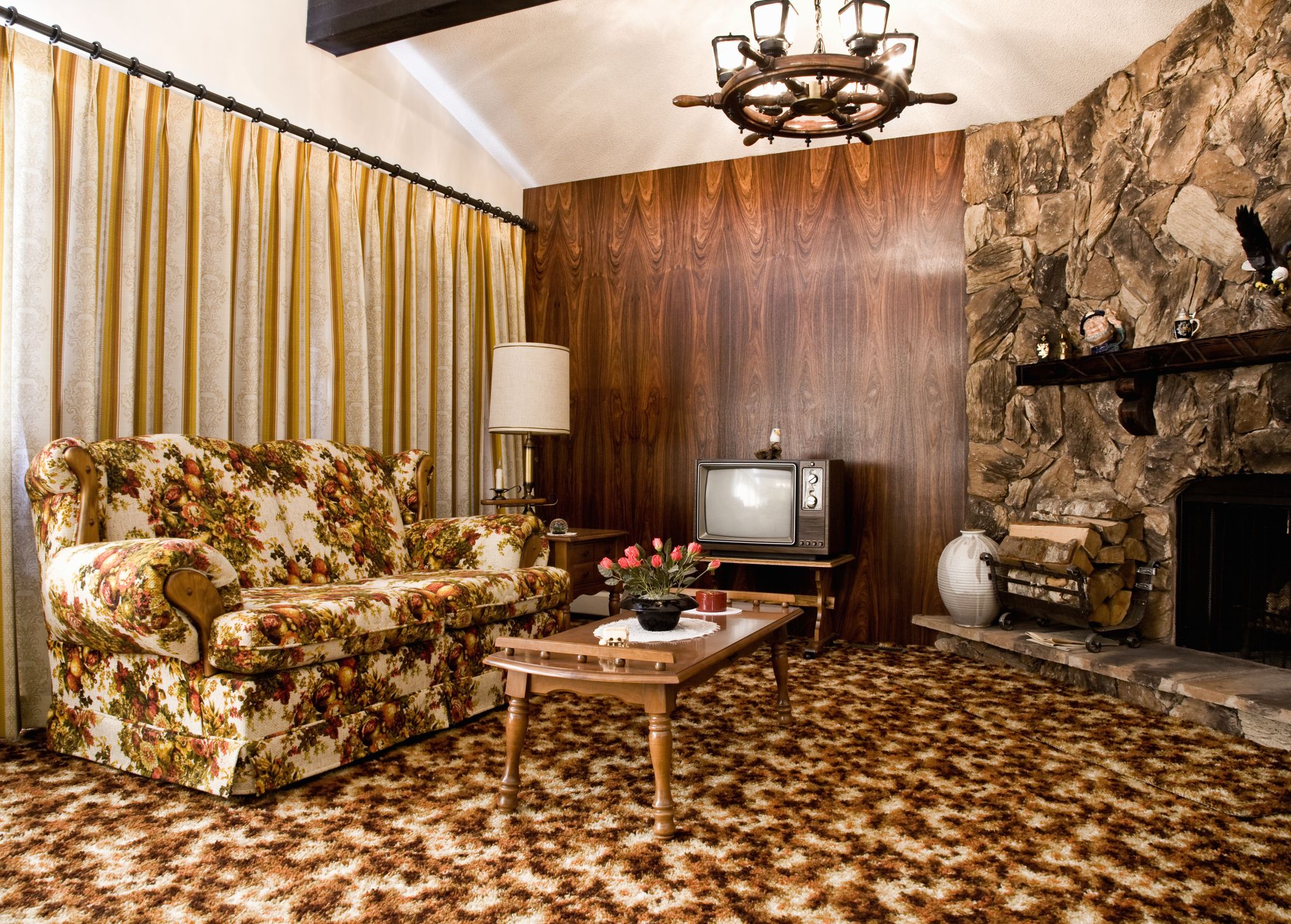The colors we choose for our living spaces can greatly impact the overall atmosphere and aesthetic of a room. While many modern homes may opt for trendy and bold colors, there's something to be said about the timeless charm of historical living room colors. These colors have stood the test of time and continue to be popular choices for homeowners. If you're looking to add a touch of history and elegance to your living room, here's a guide to help you choose the perfect hue.1. Historical Living Room Colors: A Guide to Choosing the Perfect Hue
Throughout history, the colors used in living rooms have changed as societal norms and trends evolved. In ancient times, natural pigments such as red ochre and charcoal were used to decorate living spaces. During the Renaissance period, warm and rich colors like deep reds and golds were popular. In the Victorian era, dark and moody colors like burgundy and forest green were favored. As we moved into the 20th century, lighter and brighter colors became more popular, such as pastel pinks and greens in the 1960s and bold primary colors in the 1980s.2. The Evolution of Living Room Colors Throughout History
When it comes to incorporating historical colors into your living room design, there are a few different approaches you can take. One option is to choose a color palette from a specific time period, such as warm and earthy tones from the Renaissance era or muted pastels from the 1950s. You can also mix and match colors from different time periods for a unique and eclectic look. Another option is to use historical colors as accents, such as painting a feature wall or incorporating them into your furniture and decor.3. How to Incorporate Historical Colors into Your Living Room Design
The reason historical living room colors continue to be popular is because of their timeless charm. These colors have been used for centuries and have a sense of familiarity and comfort to them. They also have a classic and elegant feel that can elevate the look of any living room. Popular historical colors include deep reds, warm yellows, rich greens, and soft blues. These colors can add depth and character to a room, making it feel more inviting and cozy.4. Exploring the Timeless Charm of Historical Living Room Colors
Colors have always held symbolism and meaning in different cultures and time periods. In historical living rooms, the colors used were often reflective of the societal values and beliefs of the time. For example, red was a symbol of wealth and power in ancient Rome, while blue was associated with royalty in Europe during the Middle Ages. By incorporating historical colors into your living room, you can add a layer of depth and meaning to your space.5. The Significance of Color in Historical Living Rooms
If you're looking for some inspiration for historical color schemes to use in your living room, here are 10 options to consider:6. 10 Must-Try Historical Living Room Color Schemes
Each historical color has its own unique story and significance. For example, the color red has long been associated with passion, power, and wealth, making it a popular choice in ancient and Renaissance living rooms. Blue, on the other hand, has a calming and soothing effect, making it a popular color in Victorian and Georgian living rooms. By learning the stories behind these colors, you can better understand their significance and how they can add to the overall design of your living room.7. Uncovering the Stories Behind Popular Historical Living Room Colors
While historical living room colors may have originated in the past, they can still be used in modern homes. In fact, incorporating these colors into a contemporary space can add a unique and unexpected element to the design. By mixing historical colors with modern furniture and decor, you can create a beautiful and eclectic look that is both timeless and current.8. Reviving the Past: Using Historical Living Room Colors in Modern Homes
Colors have a powerful impact on our mood and emotions. For example, warm colors like red and orange are known to create a sense of energy and excitement, while cooler colors like blue and green can have a calming effect. When choosing historical living room colors, consider the mood and atmosphere you want to create in your space. Do you want a cozy and intimate feel? Opt for deep reds and warm yellows. Looking for a more serene and sophisticated atmosphere? Try shades of blue and green.9. The Impact of Historical Living Room Colors on Mood and Atmosphere
Incorporating historical colors into your living room doesn't have to stop at the paint on your walls. You can also choose furniture, textiles, and decor that have a vintage or traditional feel. For example, a velvet sofa in a deep red or a Persian rug in warm earth tones can add to the historical charm of your space. Mix in some modern pieces for a balanced and cohesive look. In conclusion, historical living room colors offer a timeless and elegant option for any home. By understanding the stories and significance behind these colors, you can choose the perfect hue to add character and charm to your living room. Whether you opt for a full historical color scheme or use these colors as accents, they are sure to create a beautiful and inviting space in your home.10. Creating a Timeless Look with Historical Living Room Colors and Decor
Understanding the Significance of Historical Living Room Colors
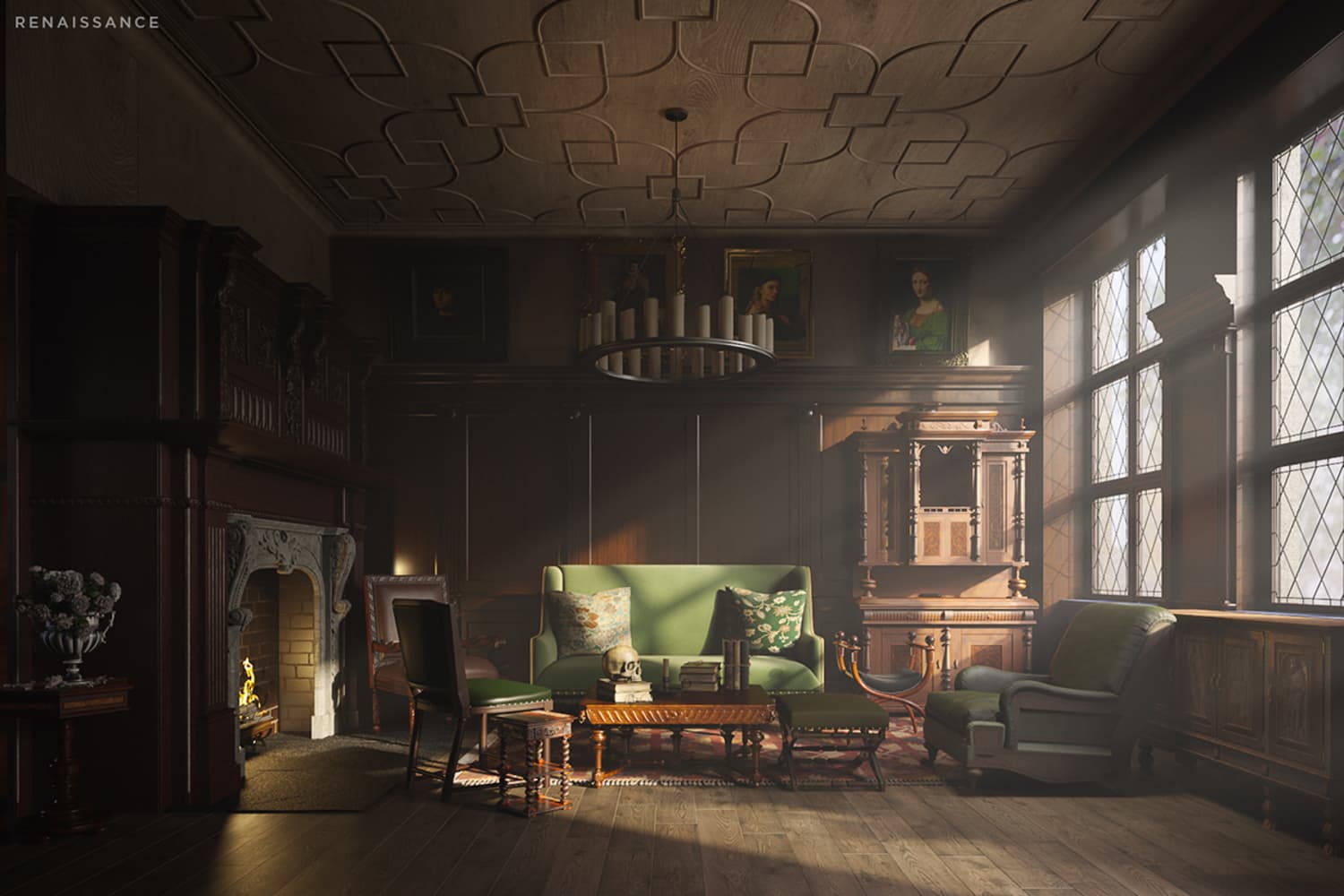
The Role of Colors in Home Design
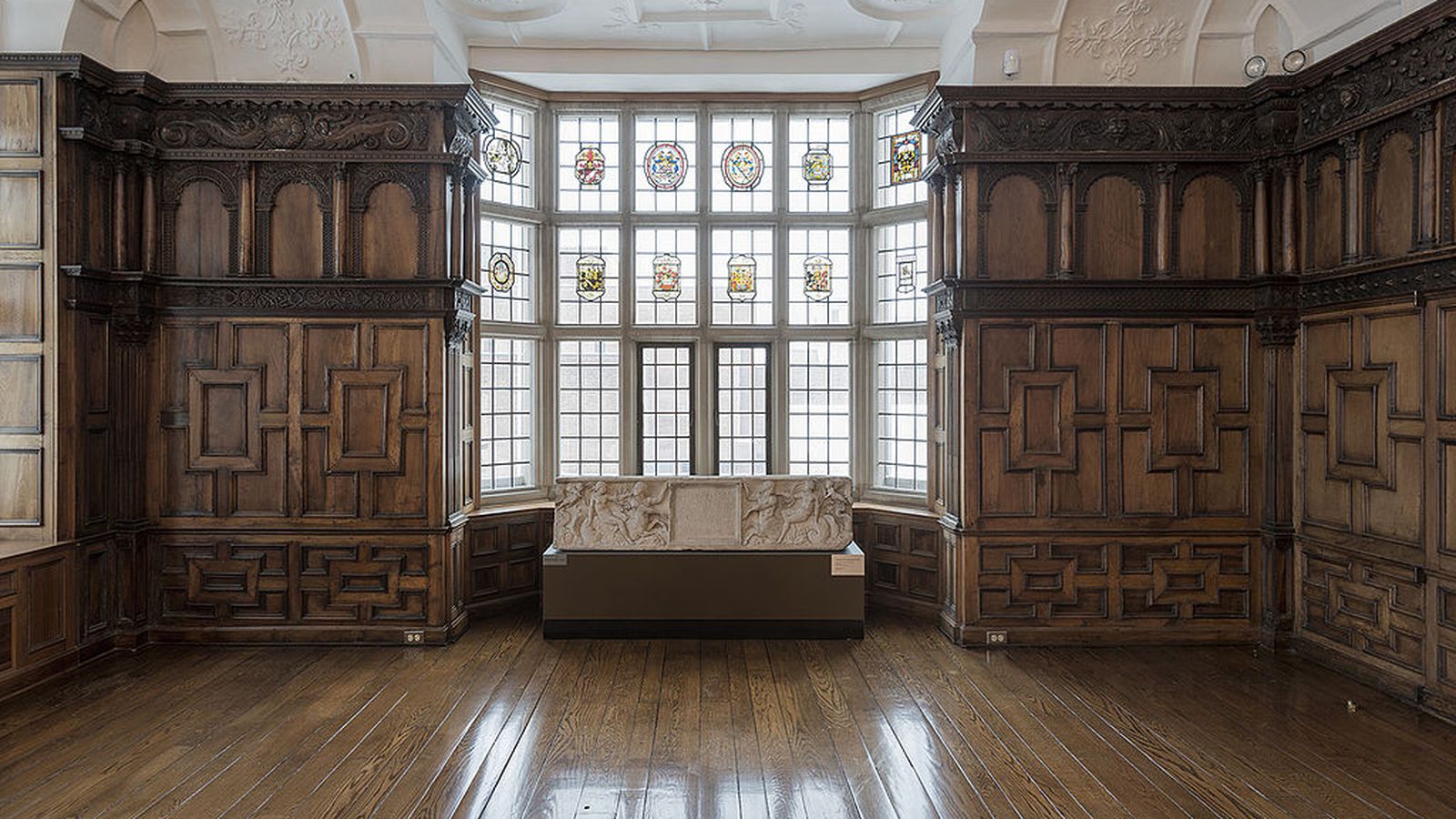
When it comes to home design, colors play a crucial role in setting the overall aesthetic and atmosphere of a space. From the walls to the furniture and decor, the right color palette can make a huge difference in creating a cohesive and visually appealing living room. But did you know that the choice of colors for your living room can also reflect the historical era it represents?
The Evolution of Living Room Colors
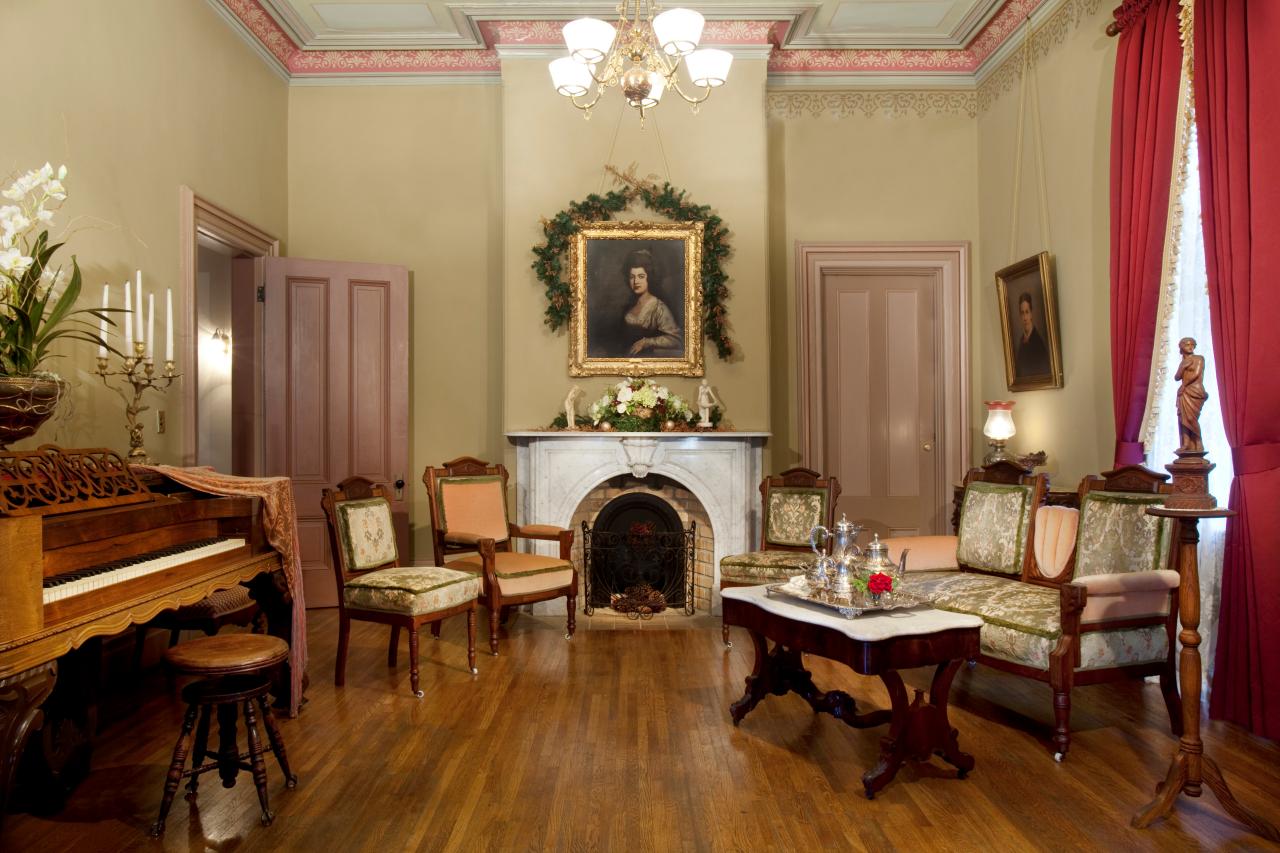
Throughout history, living room colors have evolved and changed as trends and societal influences shifted. In the early 1900s, the Arts and Crafts movement popularized earthy tones such as deep greens, browns, and reds, reflecting a return to nature and simplicity. In the 1920s, the Art Deco movement brought in bold and luxurious colors like gold, silver, and black, reflecting the opulence and glamour of the era. The 1950s saw a rise in pastel colors like pinks, blues, and yellows, reflecting the optimism and prosperity of the post-war era. And in the 1970s, earth tones made a comeback along with the introduction of bold and vibrant colors like orange and avocado green, influenced by the cultural and social changes of the time.
The Timeless Charm of Historical Living Room Colors

While trends may come and go, the charm and character of historical living room colors remain timeless. These colors not only reflect the era they represent, but they also bring a sense of nostalgia and warmth to any living room. Whether you want to recreate the elegance of the Art Deco era or the cozy and rustic feel of the Arts and Crafts movement, historical colors can add a unique and personal touch to your living room design.
So, the next time you're choosing colors for your living room, consider the historical significance behind them. Whether you opt for traditional hues or a modern twist on a classic color, incorporating historical living room colors can add depth and personality to your home design. After all, your living room is not just a space for relaxation, but also a reflection of your personal style and the rich history of design.






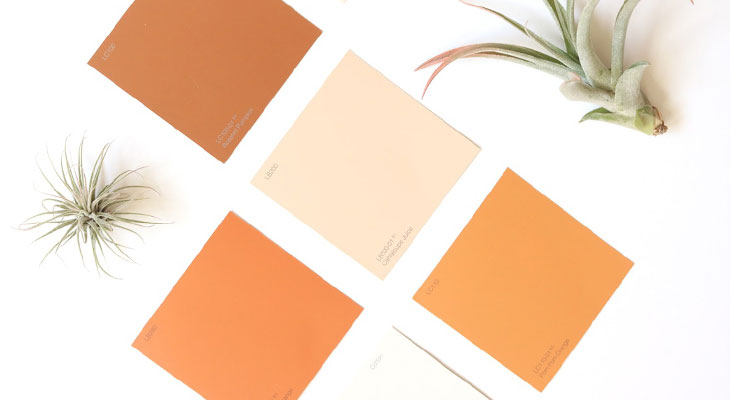







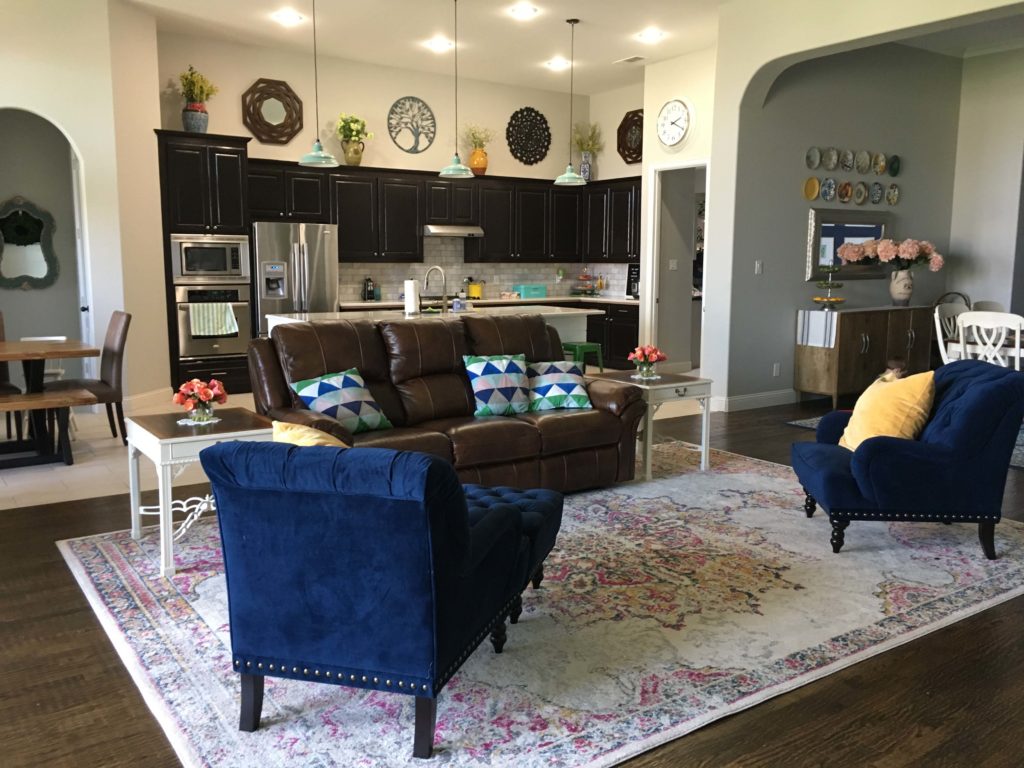






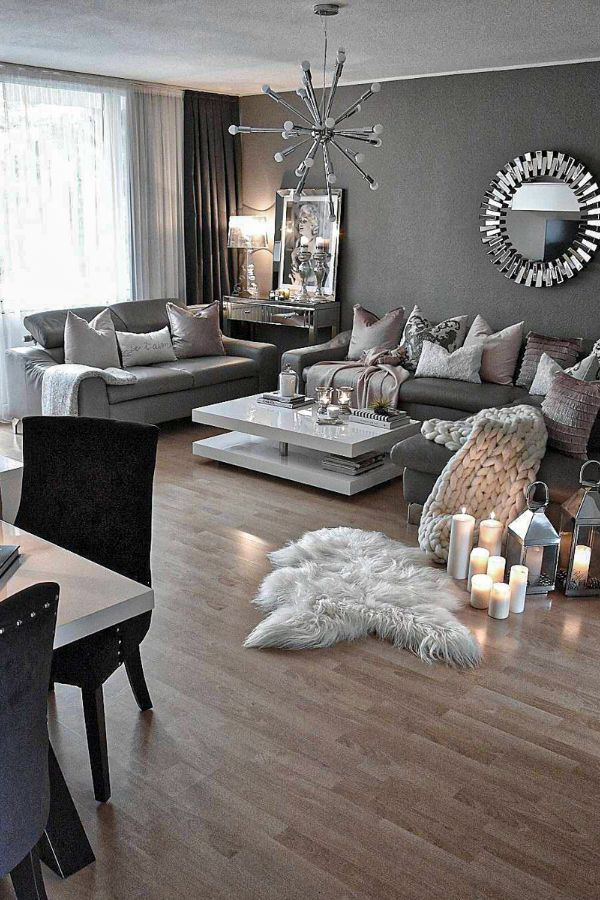
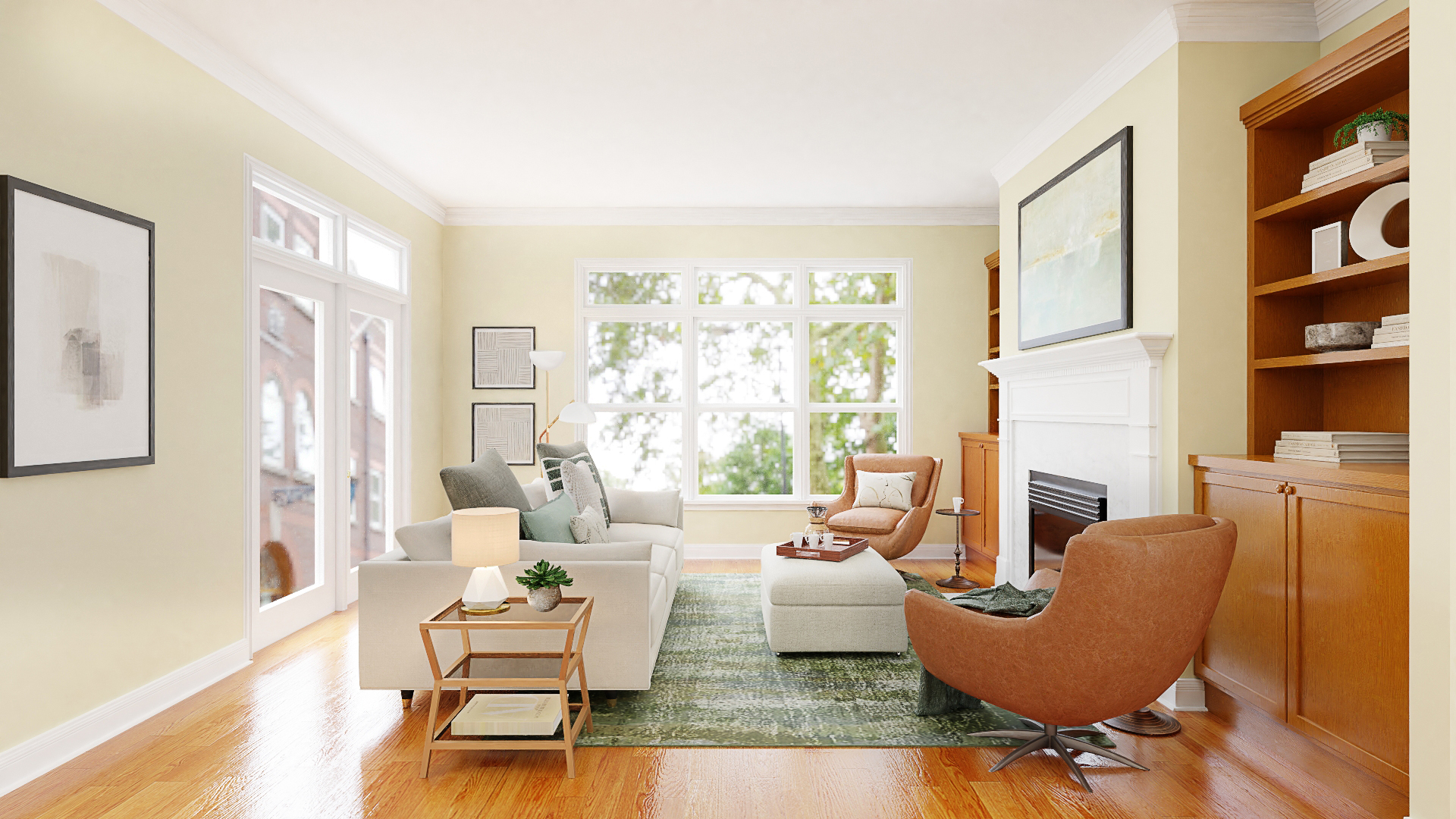




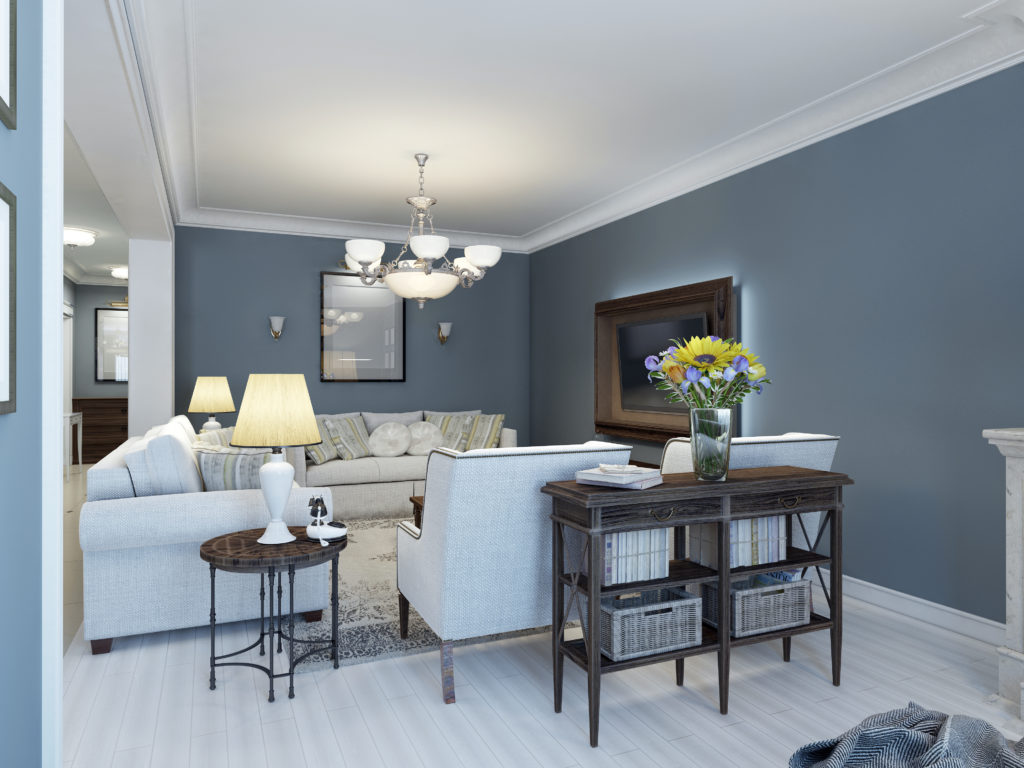

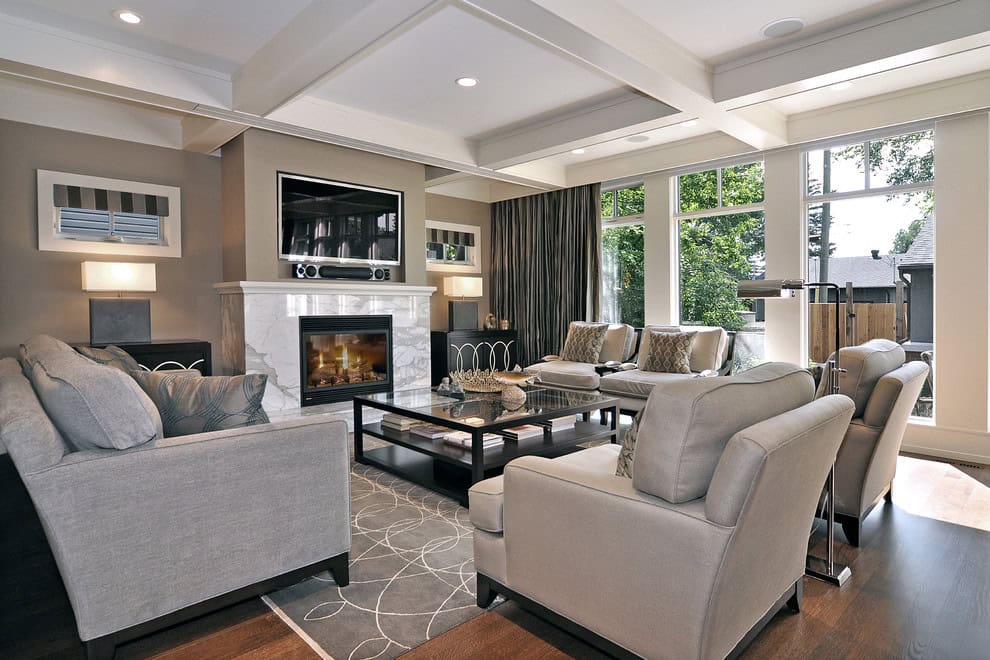
/cdn.cliqueinc.com__cache__posts__212361__-2030968-1483470364.700x0c-8571e60cad7b42a981ab29ae10b5c153-1c3248487c784cd2994c5a3ba02f7115.jpg)

